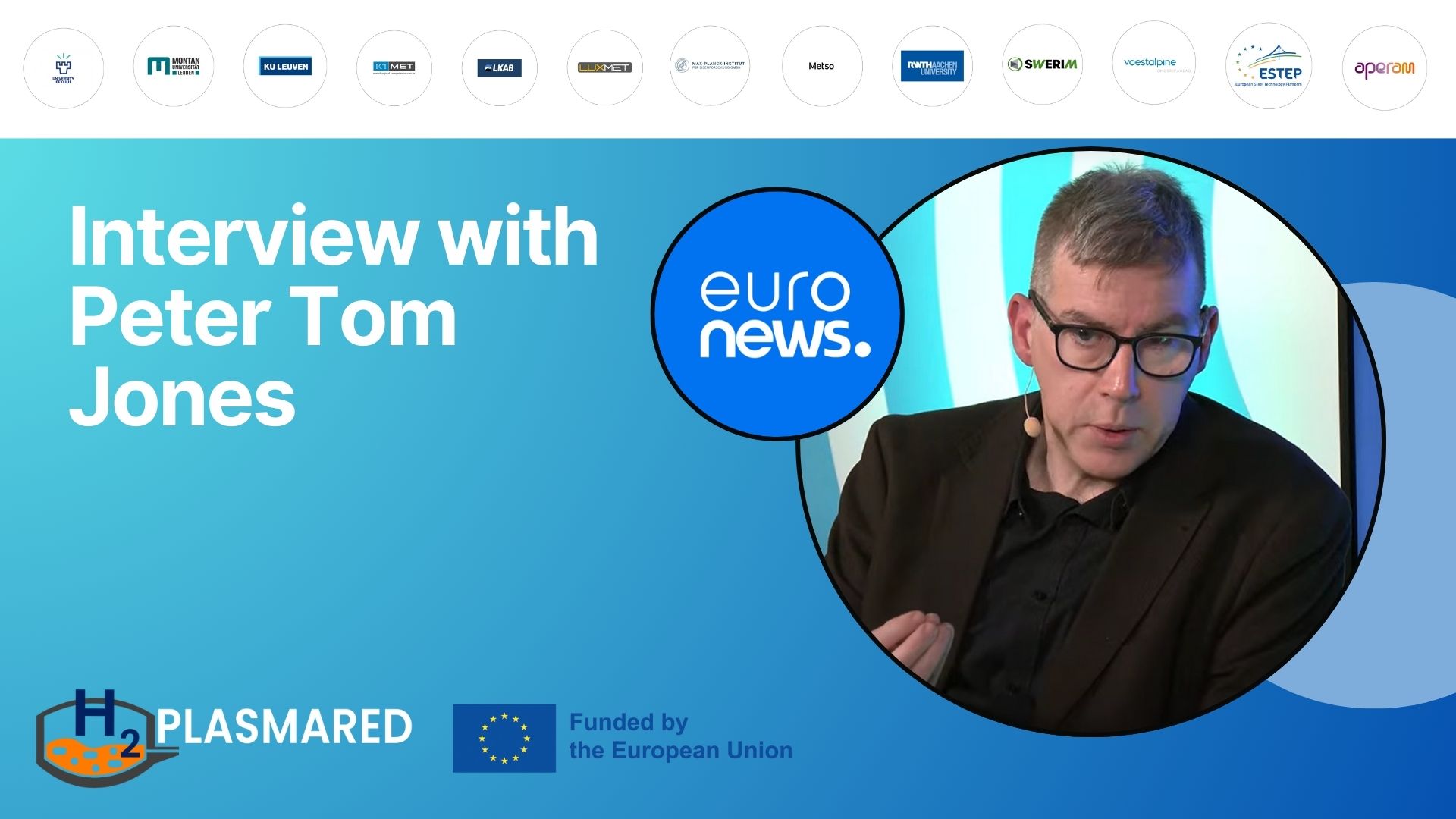
Steel and Critical Raw Materials: Securing the Future of Electric Mobility
A Euronews video highlights the role of steel and critical raw materials in supporting Europe’s transition to sustainable transport.
As more cities across Europe move to restrict polluting vehicles, the future of mobility is shifting rapidly toward electrification. This transformation, however, relies not only on technological innovation but also on the sustainable supply of critical raw materials (CRMs).
In a recent Euronews video, filmed during the ACEA event “From Ore to Road: The Mineral Race to Electric Mobility”, Dr. Peter Tom Jones, Director of SIM² KU Leuven (Research Institute for Sustainable Metals and Minerals), speaks candidly about the critical importance of secure and responsible access to critical raw materials in supporting the Critical Raw Materials Act (CRMA) implementation and Europe’s green mobility goals.
Steel, already a central material in automotive manufacturing, will become even more indispensable in the coming decades. Steel provides structural integrity, protects EV batteries, and contributes to the lightweight design of electric vehicles, which helps extend driving range and reduce energy use. However, steel itself depends on critical materials like zinc, especially in the form of galvanized steel, which ensures corrosion resistance and long-term vehicle durability. And when it comes to electric vehicle (EV) batteries, the need for CRMs such as lithium, cobalt, natural graphite, and nickel is even more pressing. As Dr. Jones notes, Europe currently sources the majority of these materials from outside the EU, which leaves the continent vulnerable to supply disruptions and geopolitical risks.
This is where the H2PlasmaRed project comes into play. As a HORIZON Europe-funded project, H2PlasmaRed is pioneering a green CO2-free steelmaking route using innovative H2-plasma technology and valorizing industrial sidestreams. The project supports the decarbonization of steel production by aiming to introduce a near CO2-free reduction process and contributes to Europe’s CRM resilience by promoting a circular economy through the valorization of industrial sidestreams, effectively tapping into secondary raw materials already within our industrial system. The H2PlasmaRed project focuses on innovative solutions for process control and modeling, aiming to develop and advance the Hydrogen plasma smelting reduction (HPSR) process from TRL5 to TRL7, creating circular and sustainable industrial flowsheets.
As stressed in the video, the CRMA will only succeed if Europe invests seriously in closing material loops and reducing dependency on imported resources. The H2PlasmaRed project aims to be a practical demonstration of how this can be achieved by developing a green steelmaking process that valorizes industrial sidestreams, contributing to a circular economy and the production of new steel with significantly reduced CO2 emissions.
The ACEA event, which brought together key voices in the mobility and raw materials sectors, including Julia Poliscanova (T& E), Javier Felipe Andreu (Assistant to MEP Susana Solís Pérez), and James Watson (Eurometaux) highlighted the urgency and complexity of securing raw material supply chains in the race toward electrification.
You can watch the full Euronews video here:

